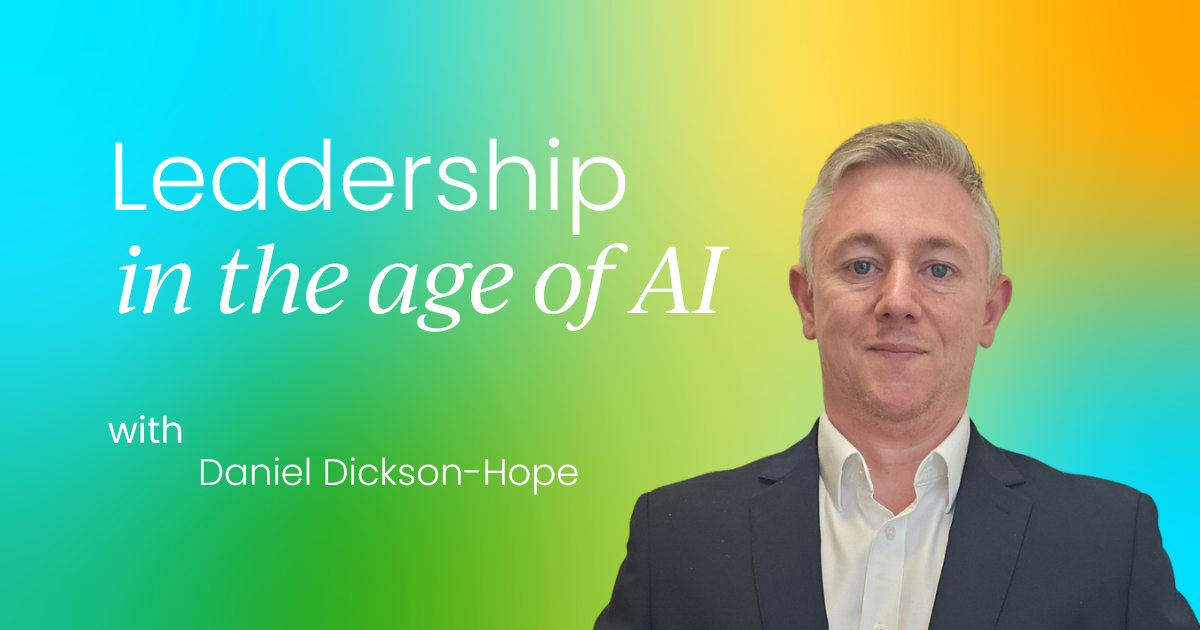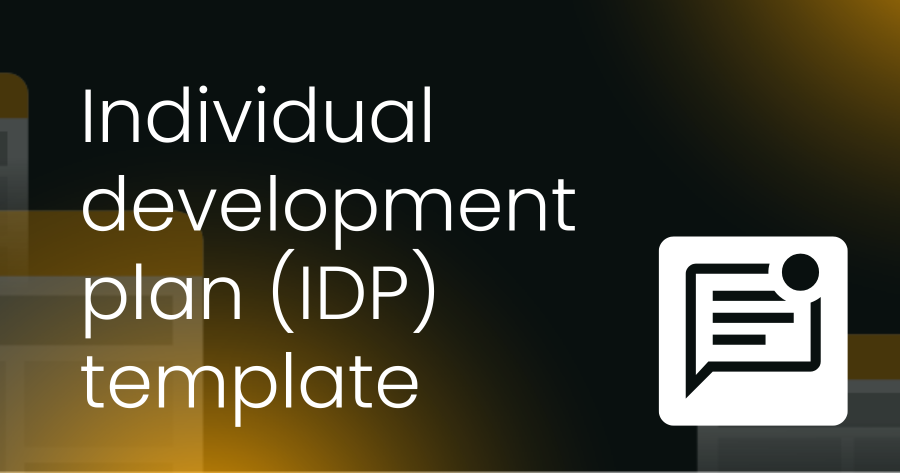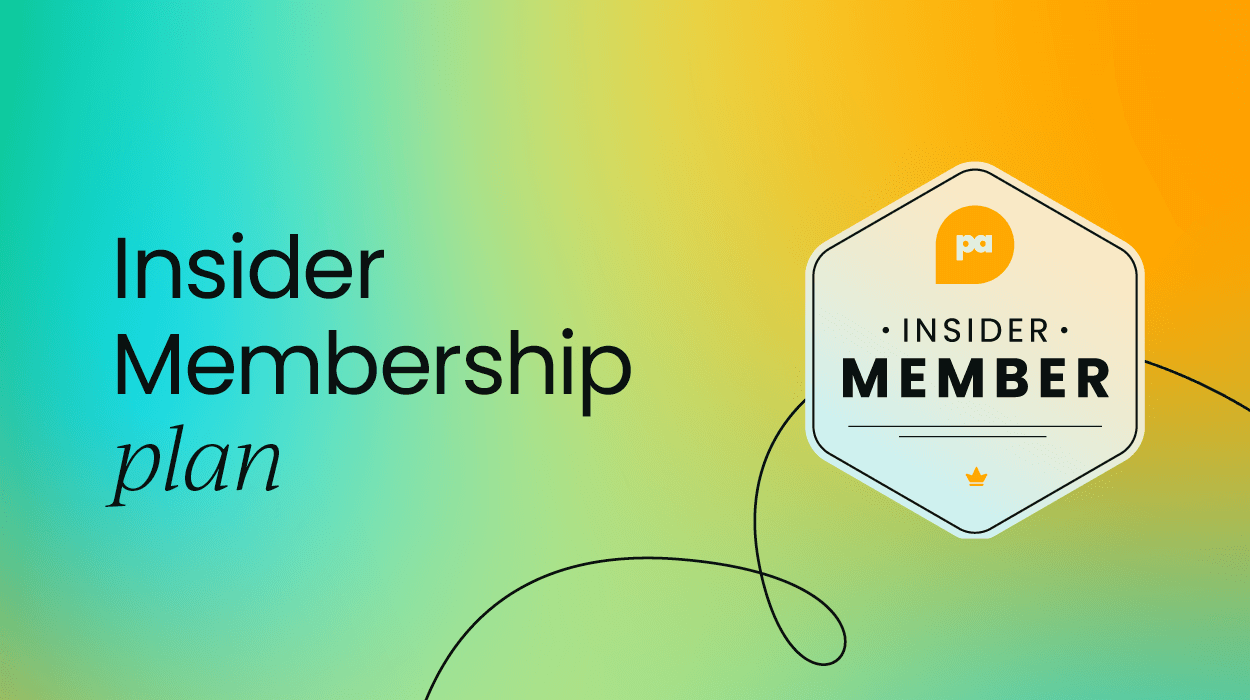I’ve spent over 20 years working in human resources and people operations, across a range of industries and roles.
If there’s one thing I’ve learned in all that time, it’s that the problems organizations face are rarely as complicated as they seem once you know how to look at them.
Over the years, I’ve developed an approach I call the Magic Three. It’s a simple framework for diagnosing and solving almost any organizational issue: role clarity, structure, and person.
Whenever I’m confronted with a challenge, whether it’s team conflict, low morale, or performance issues, I always start by looking at these three areas.
But before we get to that, I want to share a piece of advice that has been instrumental in my career: always ask the “why” behind the why behind the why.
Too often, we accept the first answer we get when we ask “why,” but that answer is often just the surface layer. If you dig deeper, you uncover the real story.
That’s where the missing information lives, and it’s often the key to solving complex problems.

A little about me
I currently serve as Chief People Officer at Altos Labs, a biotechnology company with an audacious mission: to reverse disease and disability through cellular rejuvenation.
Our work has the potential to fundamentally transform how we approach medicine and human health. If we accomplish even a fraction of what we’ve set out to do, it will have a profound impact on people’s lives.
When I joined Altos Labs, I was employee number 14. I had spent much of my career in larger organizations like Genentech and Gap, so moving to a startup was a whole new adventure.
We were in stealth mode at the time, which meant I couldn’t even tell my extended family where I worked. Our mission, to help people live longer and live well, was so inspiring that it sometimes felt overwhelming. But that’s the power of a purpose-driven organization.
My own career has been shaped by curiosity and a love of learning. I’m a certified professional coach, and I’ve taken on a variety of roles over the years because I always want to keep growing and expanding my perspective.
The magic three
Now, let’s get into the heart of what I want to share with you.
Whether you’re starting a new role or trying to address a stubborn issue in your current organization, I believe that almost every challenge comes down to three factors:
- Role clarity
- Structure
- Person
These three areas form the foundation of organizational health. Let me break them down.
Role clarity
Are people clear about what they’re supposed to do? Do they understand their responsibilities and where their authority begins and ends? Lack of clarity is one of the biggest sources of conflict in any workplace.
When roles overlap or expectations aren’t defined, people start stepping on each other’s toes, often unintentionally.
Role clarity doesn’t mean keeping people rigidly in “swim lanes.” High performers often go beyond their formal roles to contribute more to the organization. That’s a good thing.
But when someone steps outside their defined role, it’s important to bring others along, communicate openly, and ensure there’s alignment.
I like to think of role clarity as encompassing several elements:
- Job descriptions: Are they current and accurate?
- Team agreements: Have we agreed on how we work together, how decisions are made, and how conflicts are resolved?
- Goals: Are they clear, measurable, and actively tracked, not just listed in a slide deck or annual report?
- Performance assessments: Are we giving timely, actionable feedback? Or are we sugarcoating issues until they become major problems?
- Decision-making scope: Do people know which decisions they can make, and which ones require higher-level input?
It’s surprising how many problems can be traced back to unclear expectations or a lack of feedback. Too often, someone gets a glowing review for years, only for issues to suddenly “surface” later.
Continuous, candid feedback is critical to maintaining clarity and trust.

Structure
Structure is about how the organization is set up to get work done. It includes reporting lines, workflows, and cross-functional alignment.
A poorly designed structure can create unnecessary duplication of work or even put teams in direct competition with one another.
Ask yourself:
- Are priorities aligned across departments?
- Are teams set up in a way that fosters collaboration instead of conflict?
- When structures change, do we take the time to reset expectations and relationships?
Change management isn’t a one-time event. It’s something we need to do every day, because behind every structural shift is a very human layer of emotion. People want to know: Do I belong here? Am I secure? Do I have the resources I need?
Person
Finally, there’s the person, or sometimes, people. Even with clear roles and good structures, a single poorly matched hire can cause ripple effects throughout the organization. Conversely, a great hire can elevate an entire team.
Quality of hire is critical. Behavioral interviews, group interviews, and in-person interactions (when possible) provide invaluable insights.
And once people are on board, ongoing feedback and coaching are essential. Don’t let small issues fester until they become major problems.
One of my guiding principles is to treat feedback as a partnership. I often tell people, “I may have contributed to this problem, but you need to tell me how.” This approach builds trust and opens the door to honest conversations.
The bonus round: culture and communication
While role clarity, structure, and person are my “magic three,” there are two other factors that deserve attention: culture and communication.
Culture is simply how work gets done in your organization. It’s the answer to the question, “What is it like to work here?” If you’re asked that in an elevator, your first instinctive response is your culture speaking.

Culture isn’t about perks or slogans. It’s about values, behaviors, and the tone set by leadership. Does your culture encourage learning, collaboration, and purpose? Or does it lean too heavily on fear and control?
Communication is the lifeblood of culture. It’s not enough to announce things once and assume everyone’s aligned.
Effective communication requires frequency (tell people at least three times, in different ways), clarity, and trust. It’s about enlisting people, not just informing them.
At Altos Labs, our single core value is simple: Everyone owns achieving our inspiring mission. Whether you’re a scientist in the lab or part of the operations team, everything you do should tie back to that mission. Clear communication reinforces this value daily.
Understanding culture types
Over time, I’ve observed that most organizations fall into one or more cultural “styles,” such as:
- Results-oriented: Focused on goals, timelines, and measurable outcomes.
- Enjoyment-oriented: Prioritizing employee experiences and workplace fun.
- Learning-oriented: Encouraging continuous improvement and feedback.
- Authority-driven: Operating with clear top-down decision-making, especially during urgent situations.
No culture is inherently better than another. It depends on what your organization needs to achieve.
But I believe every company should have at least a learning culture at its core. That means creating space to ask, What worked? What didn’t? What can we do better next time?
Practical advice for leaders
Leaders often tell me they agree with everything I say about culture and the magic three, but they struggle to find the time to implement these ideas. My advice is: start small.
Give your leaders quick, actionable tips, something they can implement immediately. Once they see success, they’ll be ready for more.
Sometimes, the smallest interventions, like a simple feedback practice or a quick alignment conversation, can have the biggest impact.
Also, remember that not every challenge requires a big announcement or a sweeping initiative. Quiet, consistent effort behind the scenes often creates the most lasting change.
Final thoughts
The magic three (role clarity, structure, and person) have guided me through every stage of my career.
When combined with thoughtful attention to culture and communication, they form a powerful toolkit for any leader looking to build a healthy, high-performing organization.
The work we do as people leaders is deeply human. It’s about understanding emotions, motivations, and relationships, while creating systems that help people do their best work.
If you ever feel overwhelmed, just come back to the basics: Are the roles clear? Is the structure sound? Do we have the right people?
And always, always remember to ask the why behind the why behind the why. That’s where the truth usually lives.
With our (free) Insider membership, you get expert templates and exclusive content designed for people leaders like yourself to level up your game.




 Follow us on LinkedIn
Follow us on LinkedIn




